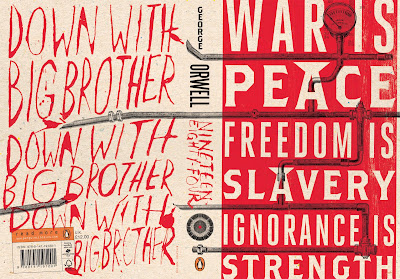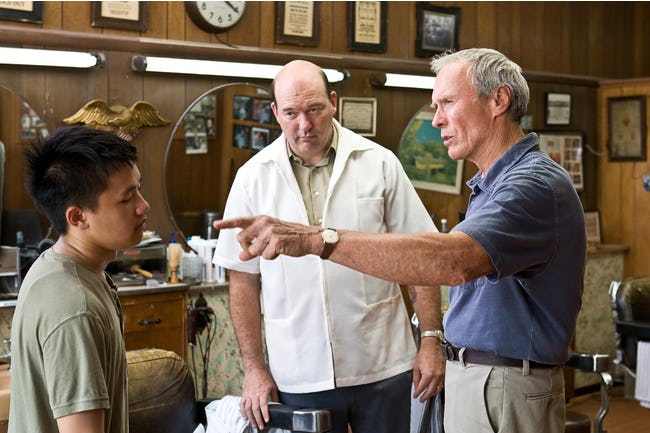CLOSE READING - some tips and hints
Without question, the best thing you can do to improve your close reading skills is to read widely, from a range of books, magazines, newspapers and websites.
https://www.youtube.com/watch?v=XtxpJRlKOf8
https://www.youtube.com/watch?v=XtxpJRlKOf8
However, you should also be able to identify the different question types and answer them successfully. We have covered these ideas in class. Here is a summary:
Understanding Questions -
This type of question is designed to check you understand the meaning, language
and ideas of the passage.
OWN WORDS
• Find the correct lines.
• Check number of marks.
• Re-write in your own words.
• Check you haven’t copied key words from the passage.
QUOTE (word/phrase/expression)
• Find the correct lines.
• Check whether the question asks for a word or phrase.
• Write down exactly as it is in passage.
CONTEXT
• Find two words or phrases from the surrounding sentence(s)
that clarify the meaning.
• Explain what ‘clues’ they give you about the word’s
meaning.
• Write down the word’s meaning
LINK
• Summarise what the previous section is about.
• Quote words from the link sentence which refer back to
this.
• Summarise what is being said in the section following the
link sentence.
• Quote a word or phrase from the link sentence which
introduces the next section.
SUMMARISE
• Identify the key points / issues from the relevant section.
• Change these points into your own words.
• Bullet point if appropriate.
• Check the marks available as a guide to how many points
you are required to summarise.
Analysis Questions - This
type of question is designed to check that you can identify literary techniques
being used. You must also analyse them (break them down) and evaluate how they
add to the meaning of the passage.
WORD CHOICE
• Quote the word and give its basic meaning (denotation).
• Give the word’s associated ideas (connotations).
• Explain how the word’s connotations develop the reader’s
understanding of the passage.
IMAGERY - (Simile, Metaphor, Personification)
• Identify the type of image.
• Quote it.
• Use “just as... so too…” to say what is compared to what
and why.
• Say what the comparison adds to the reader’s understanding
of the passage.
CONTRAST - (2 opposing ideas, words, images...)
• Pick out one side of the contrast, then summarise and
explain it. Support with a quote.
• Pick out the other side of the contrast, then summarise
and explain it. Support with a quote.
SENTENCE STRUCTURE
You may comment on:
Punctuation (quotation marks, exclamation
mark, parenthesis, ellipsis, etc.)
Sentence lengths (short for impact or
longer – building up ideas)
Sentence types (statement, question,
command, exclamation, minor)
Sentence patterns (list, climax, anti-climax,
antithesis, etc.)
Sentence Structure questions
• Identify the feature of structure being used.
• Explain the effect on the reader’s understanding of the
passage.
TONE of a passage or TYPE of language
• Identify the tone.
• Quote words or phrases that create this tone.
• Analyse how those words/phrases create the tone.
Tone Word Bank: informal – humorous - light hearted –
whimsical – sarcastic – mocking – ironic – formal – questioning – outraged –
angry – critical – sinister – nostalgic – reverential – reflective – awed –
disappointed – uncertain – doubtful
TYPE of language could include: formal, informal, archaic (old-fashioned),
dialect (Scots, American, jargon, etc.
EVALUATION
This type of question can ask you to consider:
- How well the paragraph or line acts as an introduction or conclusion.
- How a title relates to a passage.
- How an anecdote, image, illustration or other technique helps convey the writer’s overall argument or attitude.
The key to answering these questions is to identify an
appropriate feature or technique and show how it relates to the writer’s
purpose, attitude or overall line of argument.


